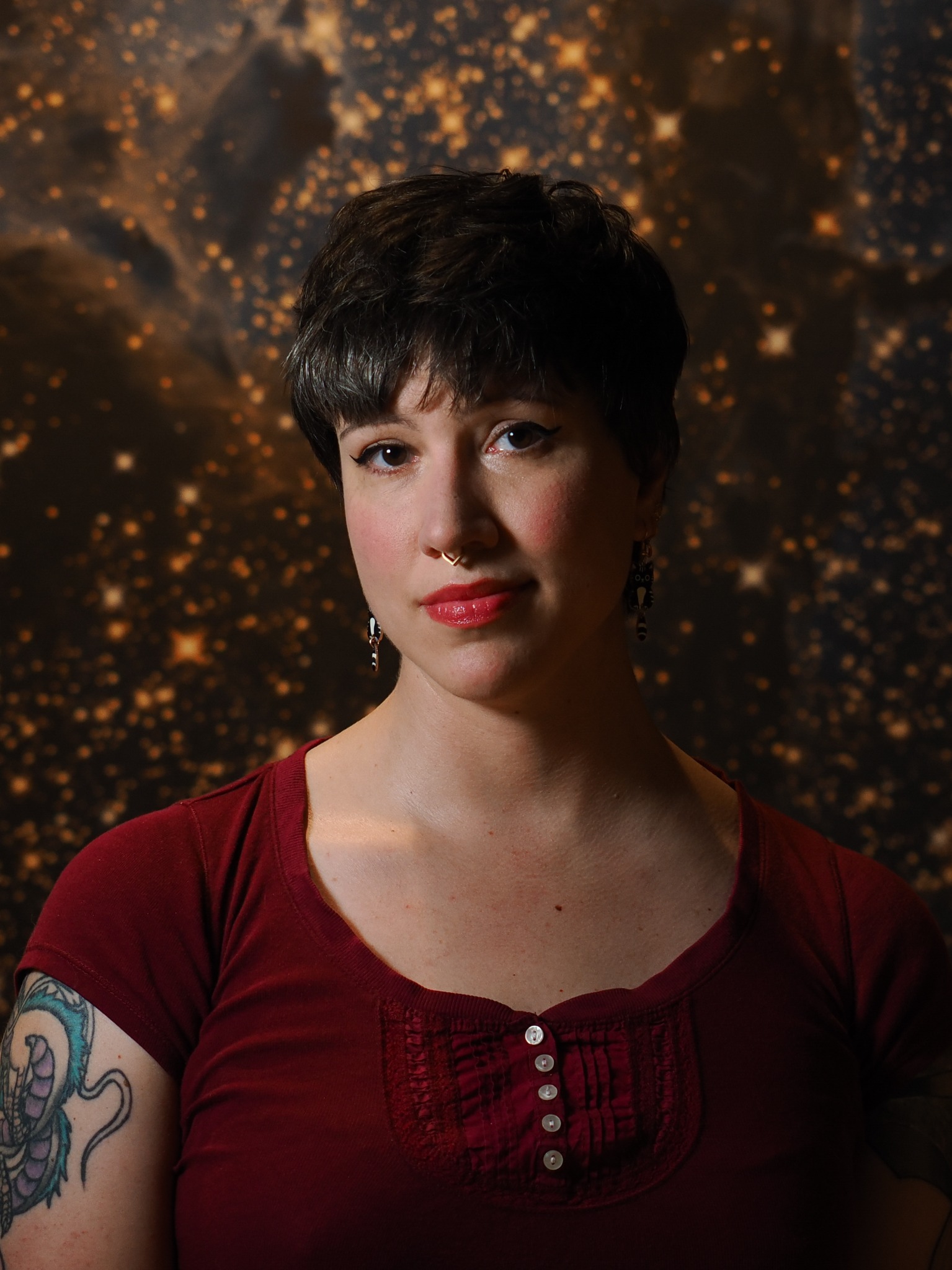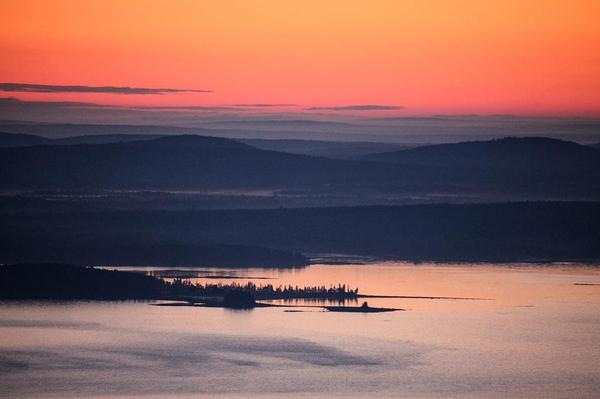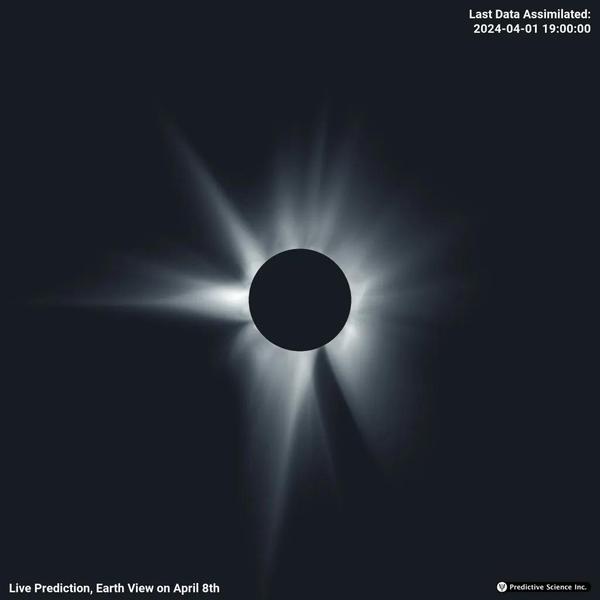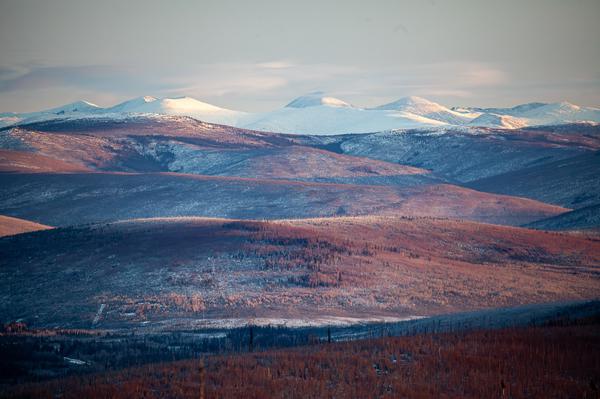

Writer / Artist / Photographer
Hi, I'm Rachel. As it says above, I'm a writer, a photographer, and an all-around artist, but I tend to think of myself of as an eternally curious person. I'm driven to explore—to experience the world and its many inhabitants as authentically as possible. I'm eager to listen and learn, to document, to think deeply and create.
There's a special place in my heart for telling the stories of science, nature, technology, and health, and how they all intersect with culture. Much of my writing revolves around these themes.
Scroll on for a sample of my work and follow me on social media to see what I'm up to today.


The Science Writer | 7th December 2024
Produced and edited by Rachel Lense. Written and read by Celeste Hankins. Read the transcript and listen to the original here.
YouTube | 26th May 2024
Produced, edited, written, and read by Rachel Lense.











